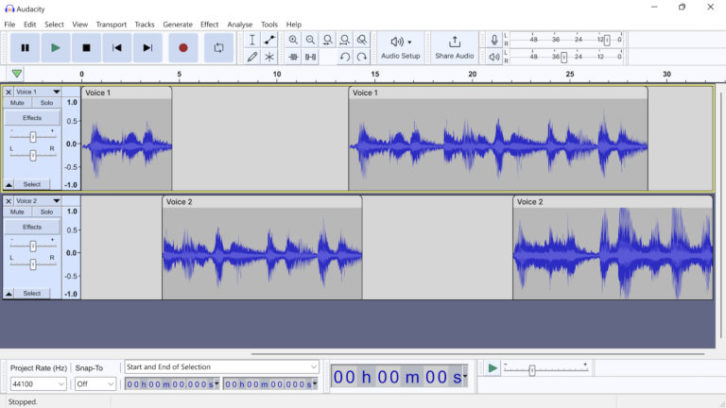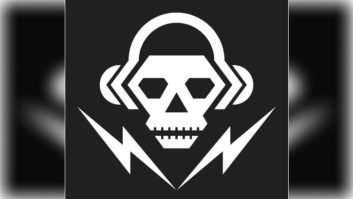Sometimes on the cutting edge and sometimes not so much, Audacity has been the open source crowd’s go-to digital audio editor ever since it debuted in May 2000—a mainstay piece of basic software that has been downloaded more than 300 million times over the ensuing decades. Following its acquisition last year by Muse Group, Audacity is still open-source, but it has far bigger goals in mind these days. With the coming release of Audacity 3.2 this Wednesday, September 26, the program gets one of its biggest feature-packed overhauls ever. If Audacity was Iggy Pop, it’d be singing “I Wanna Be Your DAW.”
Muse Group openly wants the open-source program to become an end-to-end production tool, and to that end has added real-time effects support, non-destructive editing, VST3 support, UX and UI improvements, and online audio sharing with the newly launched audio.com, the company’s free cloud-based audio file platform.

[Check Out More Products at Radio World’s Products Section]
Effects can now be adjusted in real-time, aiding users’ ability to make changes in timing and edits. Audacity 3.2 expands the software’s non-destructive audio capabilities, allowing creators to alter the effects without changes having to be permanent within the audio file. The software’s VST3 support has reportedly also been upgraded with the new update.
Behind the curtain, all of this has been made possible by completely rewriting the codebase in an effort to ensure a more stable and reliable user experience. As part of that effort, the GUI has been reworked with the aim of providing a smoother editing experience, with the audio output bar and volume slider combined for more efficient functionality. A new ‘Audio Setup’ option also allows for changes to input, mic and output settings.
Following the release of 3.2, Muse Group plans to monitor user feedback, adopting and updating the software to answer the needs of its user base.







